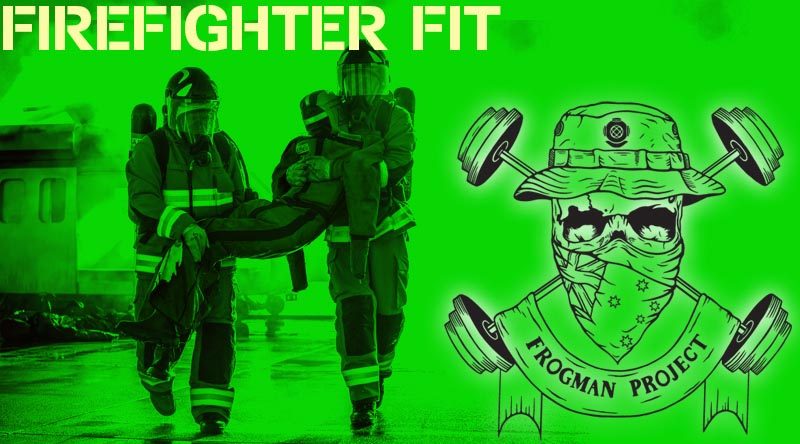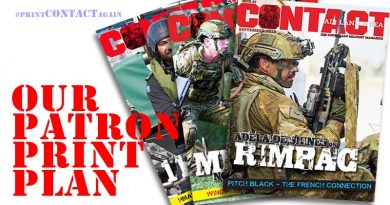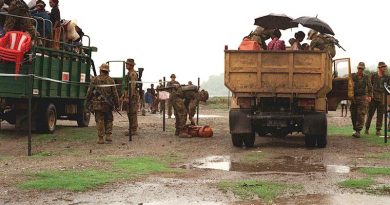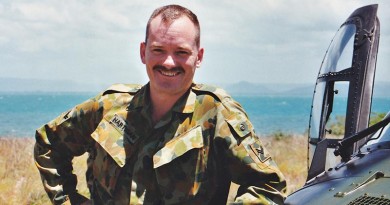Firefighter fit

Taking on a career as a firefighter puts you into the category of a Tactical Athlete. Our buddy Rob, a Firefighter himself, shares why being functionally fit and combat ready is a necessity for his role while learning common faults and how to build a good baseline.
“As operational firefighters we should possess a well-rounded arsenal of fitness. Keeping a balance between your strengths and weaknesses is a major factor for maintaining all-round, long-term effectiveness as a front-line firefighter.”
Comparing firefighters to ‘elite athletes’ may be slightly over complimentary to your average firefighter. Maybe a bit like comparing Ronaldo with Big Dave who plays power league on a Wednesday night.
But joking aside, I believe we should consider ourselves as ‘tactical athletes’.
We are expected to attend unpredictable incidents, work in awkward positions, under testing conditions, at a moment’s notice and without time to warm up or prepare. We often use our physical capabilities to resolve these issues and, by this very definition, should be considered as athletes. But most bluntly put – without functioning bodies we simply cannot work.
Even the fittest are at risk of injury
Because of the physicality of our role, coupled with its unpredictability and variety, there is going to be a risk of injury, even for the fittest and most physically capable of firefighters.
Unfortunately, the risk potential of injury and illness increases as fitness levels drop. Also, once injured, less-fit firefighters will tend to recover slower from injury, if at all.
Now start to throw age, body weight, reoccurring injuries and an extended career into the mix and you could be needlessly putting your head above the parapet when it comes to risk of injury or illness.
WHO IS BETTER? THOSE WHO CAN RUN TO THE RING BUT CAN’T THROW ANY PUNCHES OR THOSE WHO CAN THROW THE PUNCHES BUT CAN’T RUN TO THE RING?
So, where are we going wrong?
Generally speaking, the well-trained among the fire services tend to lean heavily upon a particular element of fitness or training. While this may quench the thirst of personal desires and enjoyment, it will often leave big gaps in the person’s abilities and create limitations.
Here’s a very blunt example – a lifter who doesn’t run or a runner who doesn’t lift. Now these are very broad examples, but hopefully it builds the desired picture.
As operational firefighters we should possess a well-rounded arsenal of fitness. Keeping a balance between your strengths and weaknesses is a major factor for maintaining all-round, long-term effectiveness as a front line firefighter.
Simply put – if you constantly work on your strengths and ignore your weaknesses, not only will those weaknesses one day be exposed when you are at your most vulnerable but, as explained, there is a high probability of injury.
Building a solid baseline
Unfortunately there is no guarantee that we will have an injury-free career. Far from it.
However there are things we should be doing to give ourselves the best possible chance of minimising the potential of risk.
Below I have listed three of the most basic things that every firefighter should be implementing into their training irrelevant of time served to best prepare them for a long and effective future.
Base Aerobic Fitness:
Now I don’t expect all you big guys to turn into Mo Farah, but you should possess a basic level of ability to work at medium intensity for moderately long periods.
An hour’s well-paced walk would be a good start but ideally running for 20 minutes I believe is a minimum for our operational expectations.
While we may not be expected to run for this duration at an incident, we must appreciate that we will be working under more arduous conditions and, once you throw some fire kit and a breathing set on your back, things become very hard, very quickly.
Please also consider the Drager working duration of 36 minutes that you could possibly be working under air for.
(Note: age/injury will dictate your aerobic activity – choose wisely)
Basic Strength:
Again, I’m not expecting all the endurance bunnies among you to suddenly turn into muscle men, but you must consider that you may find yourselves wanting for strength at critical times in your career.
Dragging a casualty, or worse, a colleague from a property fire might be a once-in-a-career situation, but do you want to be under-prepared when/if it happens?
Pressing and pulling in both the horizontal and vertical planes should be a basic starting point for upper body in the novice lifter.
And, more importantly, lifts such as lunges and deadlifts will forge strong legs and back.
A well-rounded strength-training program will create a decent foundation for progression, which in turn will help create a durable and strong firefighter.
Flexibility:
This is often an issue across the board in both young and old firefighters, and even overlooked by elite-level athletes in professional sports.
However, even a basic understanding of flexibility and mobility would serve you well and help keep injuries at bay.
Particular attention should be given to the lower back, hips and shoulders as these three areas and the structures supporting them are often the offenders for injury and poor mobility.
Be sure to use preparatory movements and stretches before training and take time after sessions to stretch and work on at least maintaining a good range of flexibility.
In summary: What is a Tactical Athlete?
A TACTICAL ATHLETE IS AN INDIVIDUAL WHO TRAINS FOR COMBAT READINESS USING A COMPREHENSIVE ATHLETIC APPROACH. TACTICAL ATHLETES USE ALL FACETS OF STRENGTH, POWER, SPEED AND AGILITY TO IMPROVE THEIR COMBAT FITNESS LEVEL TO THEIR HIGHEST POTENTIAL.
This term is probably new to you and probably sounds a little over the top but, as a firefighter, you should consider yourself as a ‘tactical athlete’.
You are expected to work in unpredictable situations, in awkward positions, under testing conditions, at a moment’s notice and without time to warm up or prepare.
You should have a good balance of stamina, strength and all round physical ability, to function proficiently on the fire ground.
Tactical athletes should be strong, fit and agile, and have the endurance to repeatedly perform arduous tasks for an undefined time.
To be able to perform well on the fire ground, it is up to us to engage in exercises and a training schedule that can directly crossover to the demands of our profession.
– FF Creighton.R, Smash PT
Supporting Studies
1. Fit firefighters less prone to injury (Article)
2. The Association of Aerobic Fitness With Injuries in the Fire Service (Study Paper, US)
3. Overweight and obesity in UK Firefighters (Study Paper, UK)
4. Obesity and Occupational Injury: A Prospective Cohort Study of 69,515 Public Sector Employees. (GenPop Study paper, US)
.
.
.
.
.
.
FILE PHOTO: Aviation Support trainees conduct firefighting training on a helicopter simulator at HMAS Albatross. Photo by Able Seaman Sarah Ebsworth.
.
.
.
.
.

.
.






